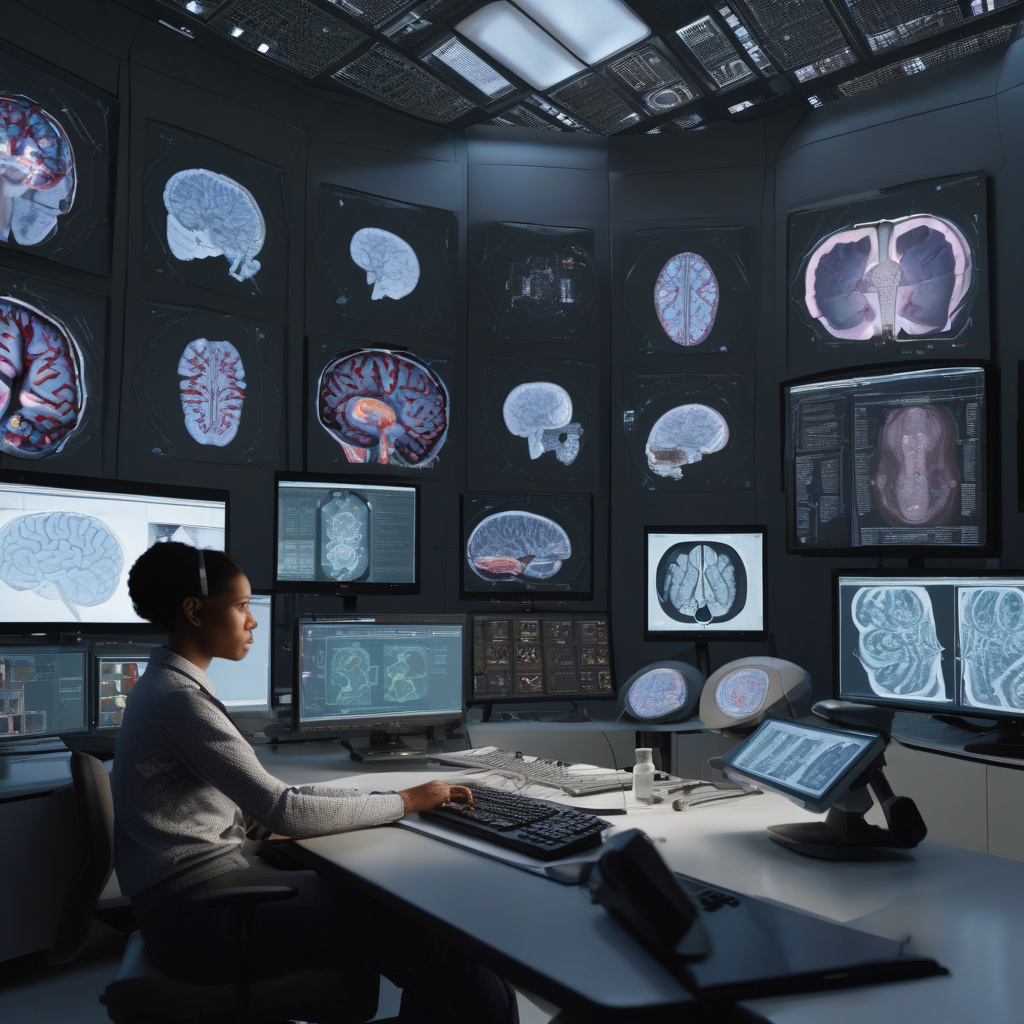AI System Modifies Brain’s Mental Imagery with Words
In a groundbreaking development at the intersection of neuroscience and artificial intelligence, researchers have unveiled a cutting-edge technology that allows the modification of the brain’s mental imagery using words. This innovative system integrates fMRI brain scans with advanced diffusion models to interpret and alter visual content derived directly from brain activity.
The implications of this technology are nothing short of revolutionary. By harnessing the power of AI to interact with the brain’s own imagery, researchers have opened up a realm of possibilities for understanding and potentially influencing cognitive processes. Imagine being able to “see” the thoughts of individuals in a tangible way, or even to enhance or alter those thoughts through targeted interventions.
One of the key components of this system is its ability to decode and interpret the complex patterns of brain activity associated with visual imagery. By combining fMRI data with sophisticated diffusion models, the AI technology can effectively “read” the mind’s eye, translating neural signals into comprehensible visual information. This process lays the foundation for the subsequent modification of this mental imagery using nothing but words.
To illustrate the potential of this technology, consider a scenario where an individual is asked to visualize a specific object or scene, such as a beach at sunset. Through the use of the AI system, researchers can not only accurately identify the content of this mental image but also introduce subtle changes or additions to the scene by overlaying descriptive words. For instance, the word “peaceful” could evoke a sense of calmness, while “dynamic” might introduce movement and activity into the imagined setting.
The implications of this technology extend far beyond mere experimentation or novelty. By enabling the direct manipulation of mental imagery through linguistic input, researchers hope to gain valuable insights into the underlying mechanisms of perception, cognition, and imagination. Furthermore, the potential applications of this technology in fields such as psychology, neurology, and even creative arts are vast and promising.
For instance, imagine the therapeutic possibilities of being able to reframe negative or traumatic visual memories through the targeted intervention of positive or neutral linguistic cues. By modifying the way these memories are mentally constructed, individuals could potentially experience healing and relief from psychological distress. Similarly, in the realm of education and skill acquisition, the ability to enhance mental imagery through specific language cues could revolutionize learning and memory retention processes.
As with any pioneering technology, ethical considerations and potential risks must be carefully weighed and addressed. The ability to access and modify an individual’s mental imagery raises important questions about privacy, consent, and unintended consequences. Researchers and developers of this AI system must proceed with caution and transparency, ensuring that its applications are guided by ethical principles and respect for individual autonomy.
In conclusion, the development of an AI system capable of modifying the brain’s mental imagery with words represents a significant leap forward in our understanding of cognition and brain function. By bridging the gap between neural activity and linguistic input, this technology has the potential to reshape how we perceive and interact with the workings of the mind. As researchers continue to refine and explore the capabilities of this system, the possibilities for innovation and discovery in the fields of neuroscience and artificial intelligence are truly limitless.
brain, mental imagery, AI, fMRI, technology












